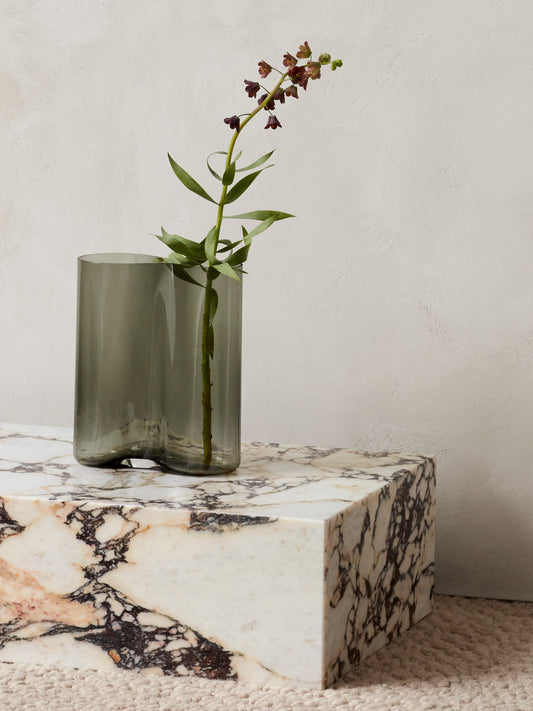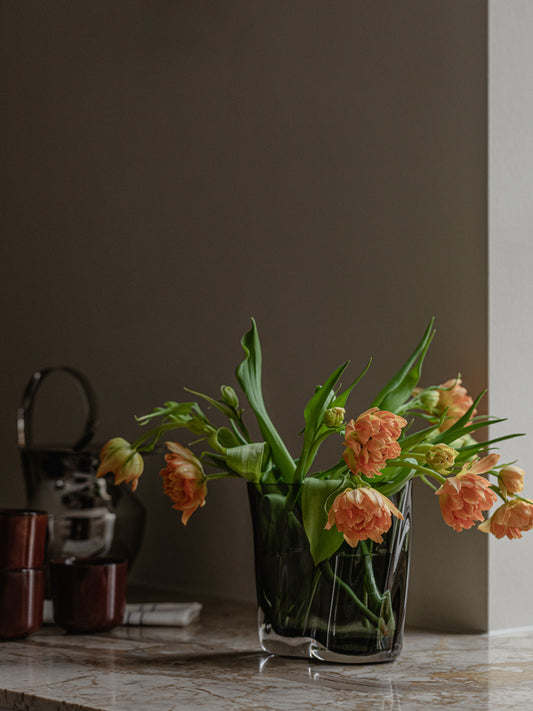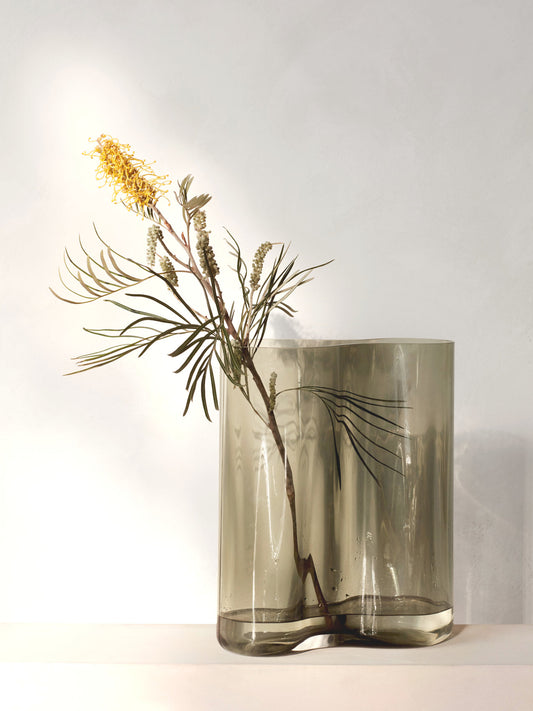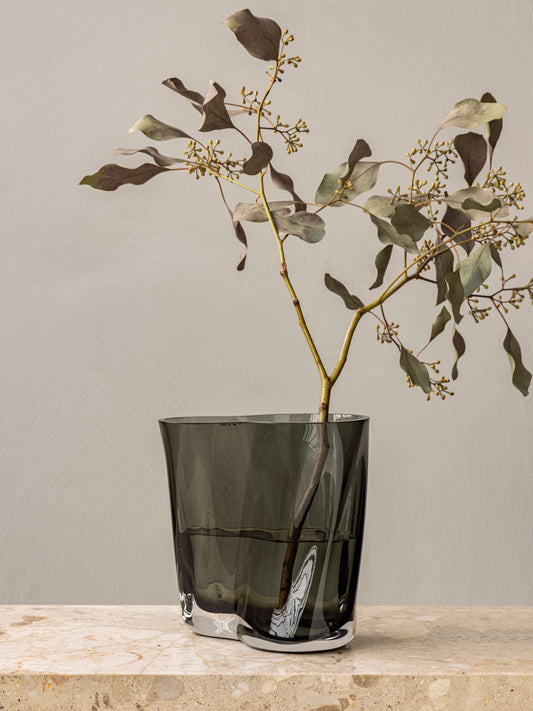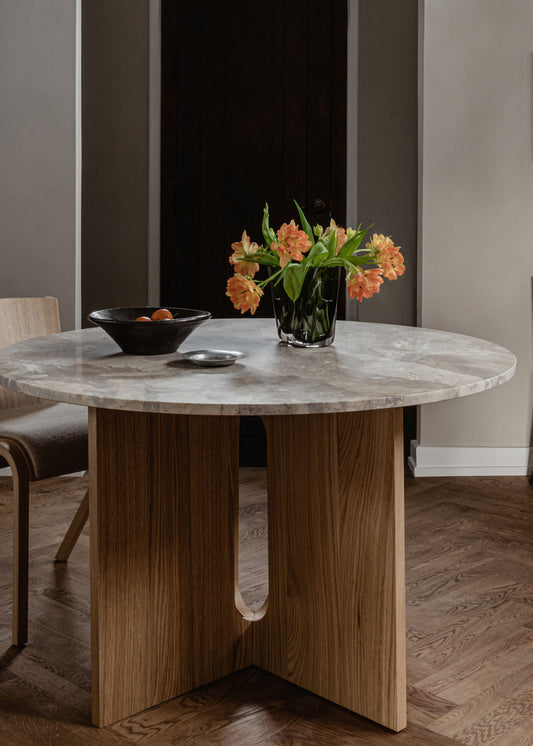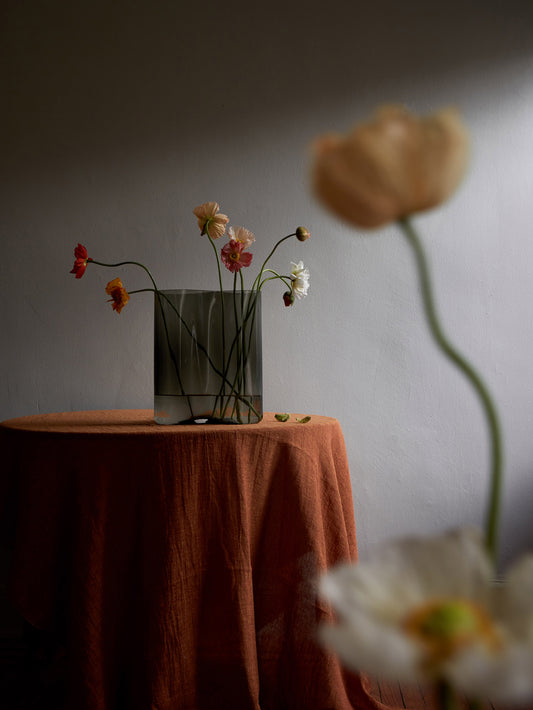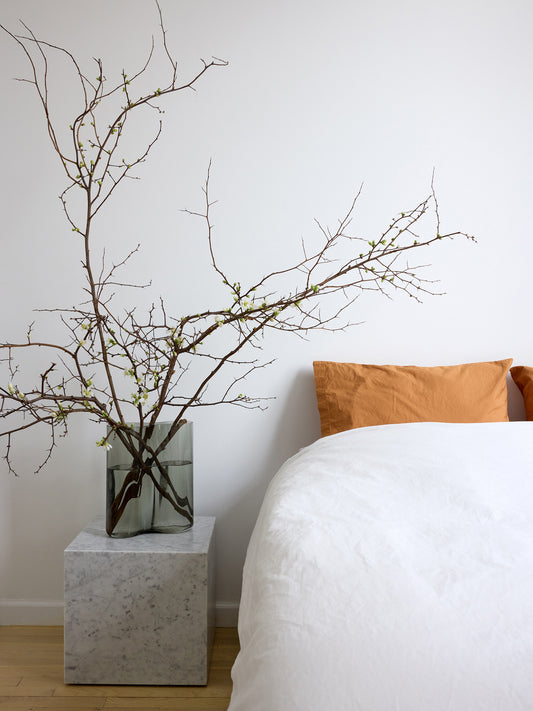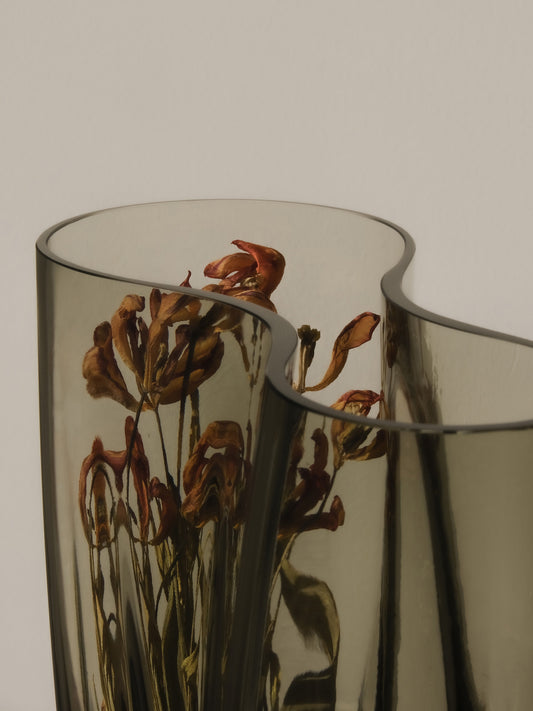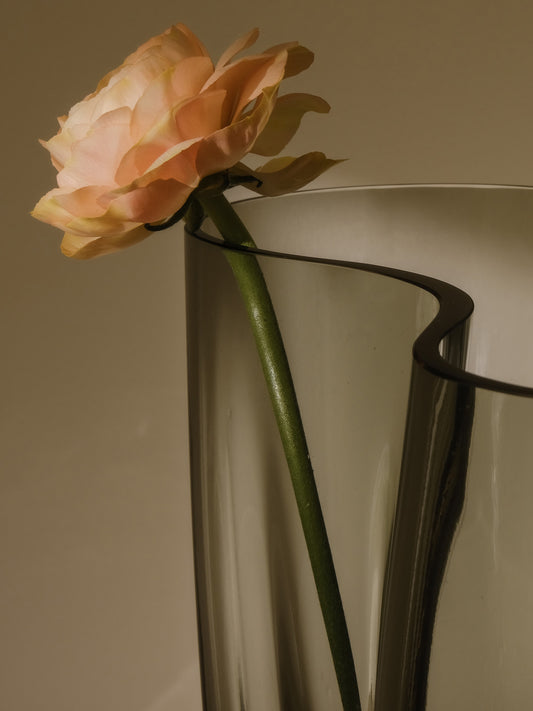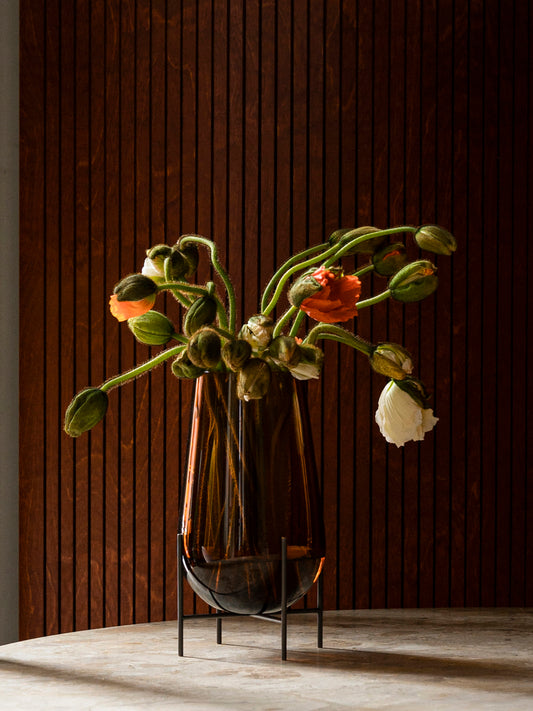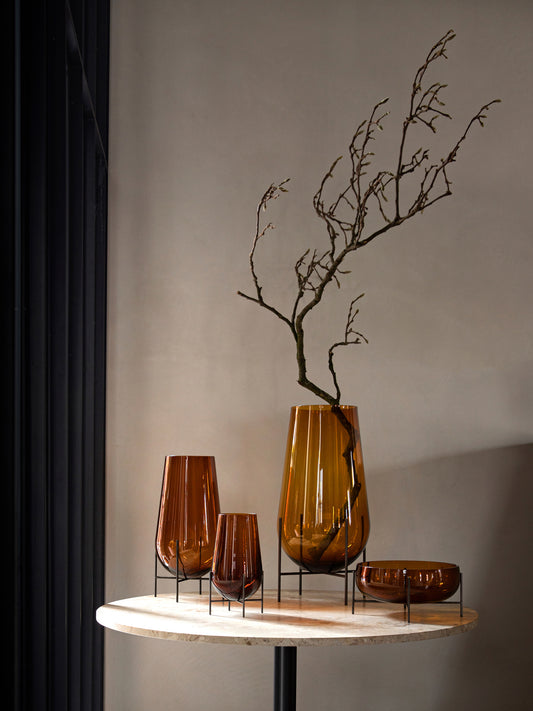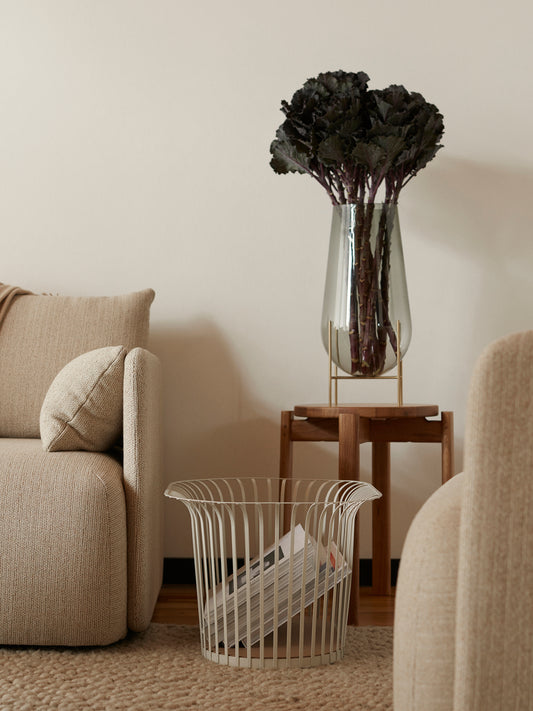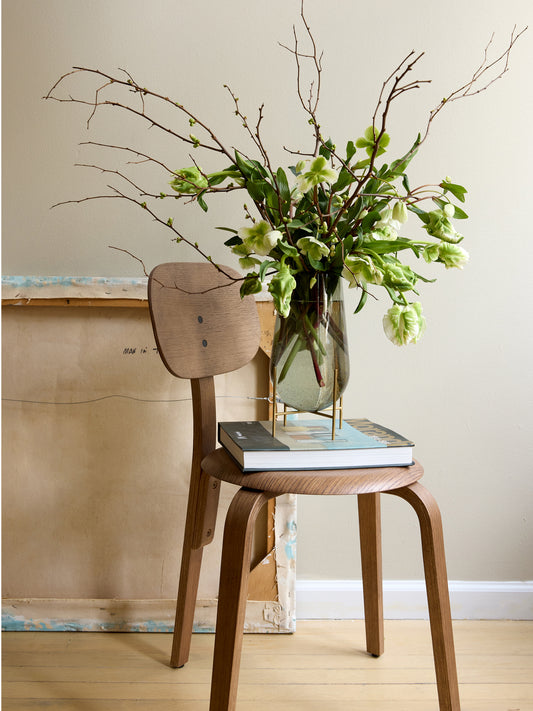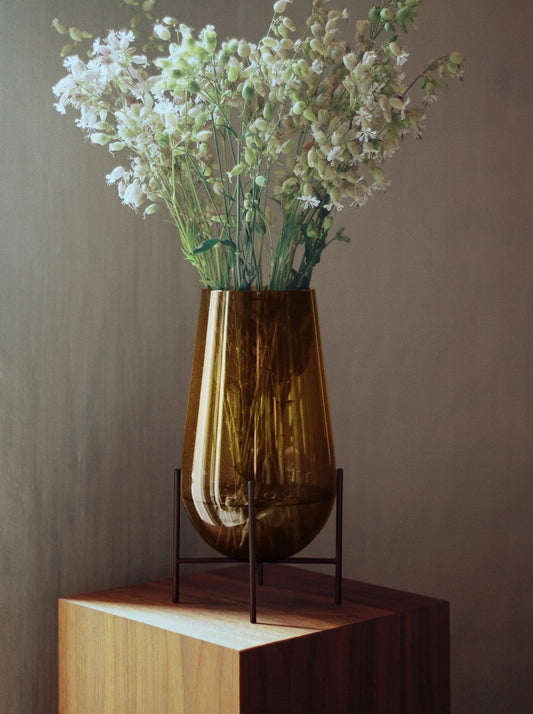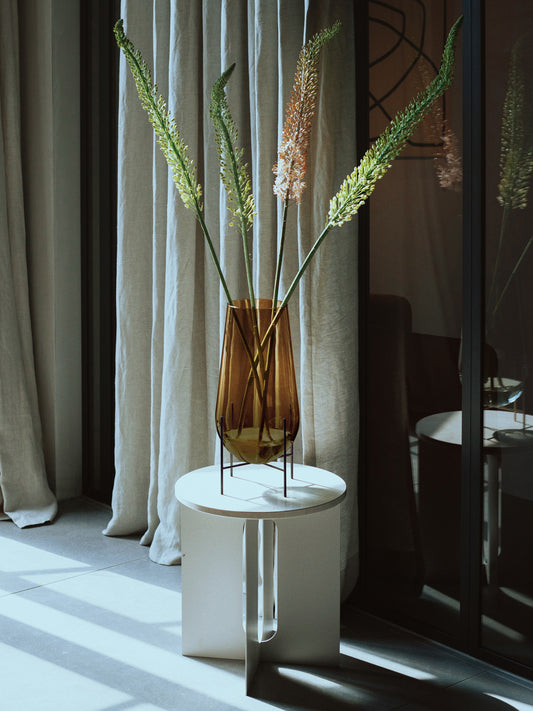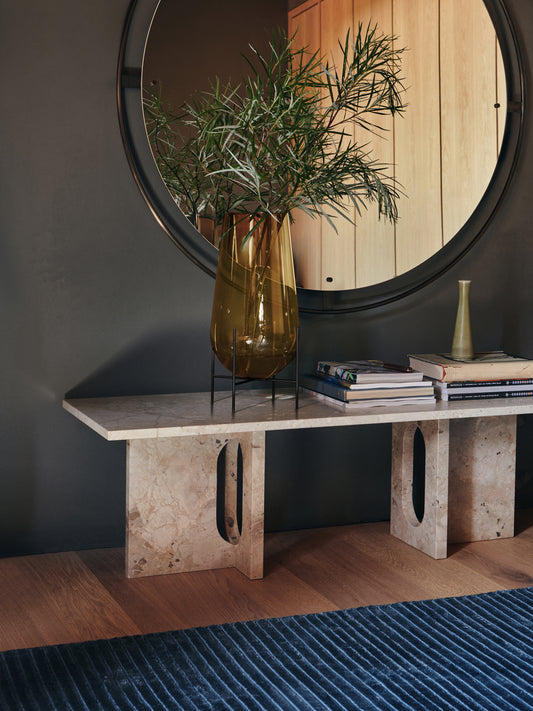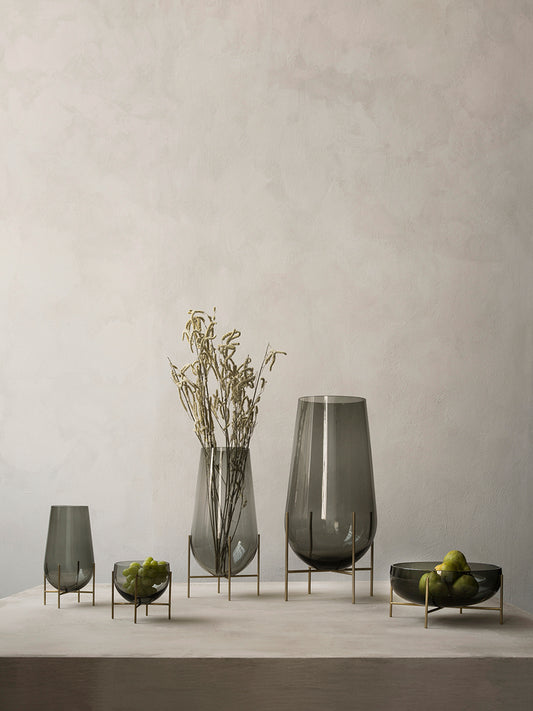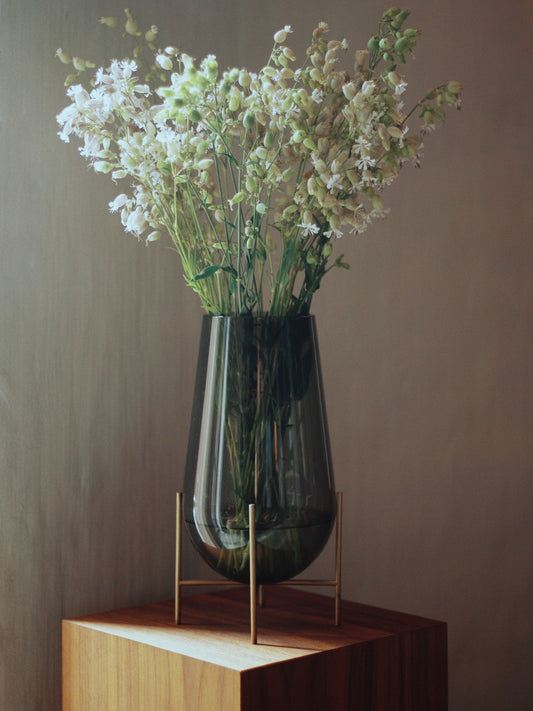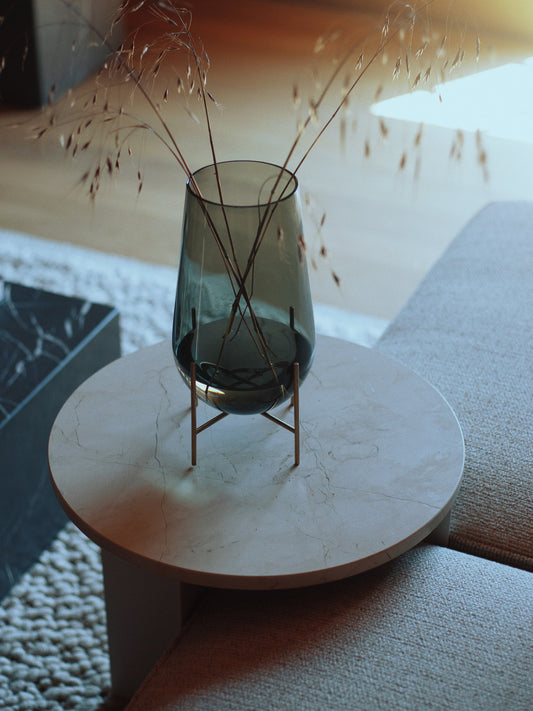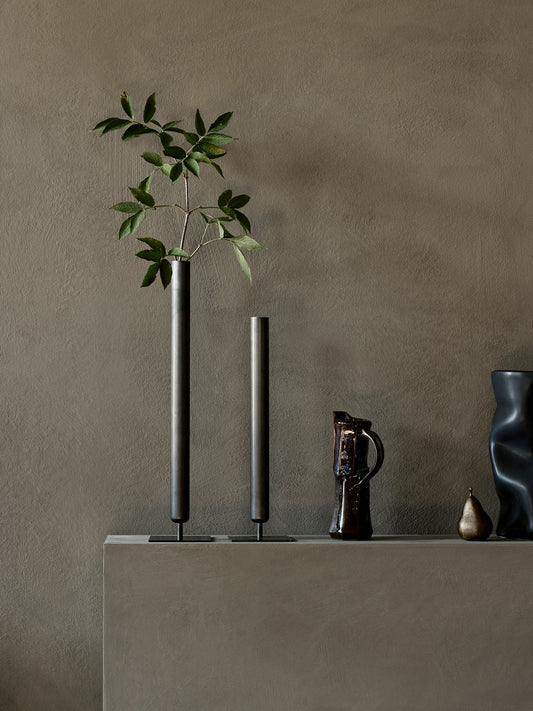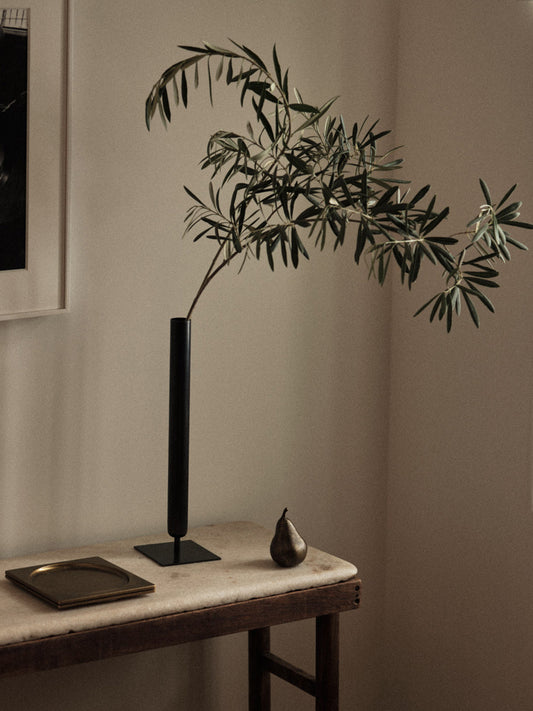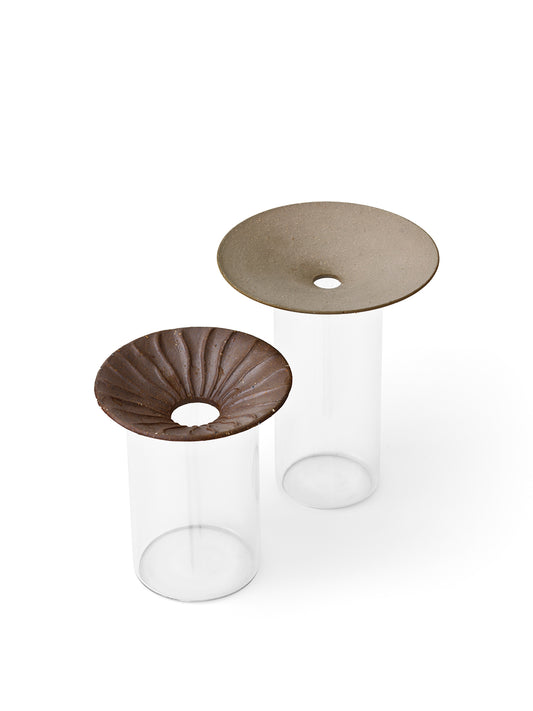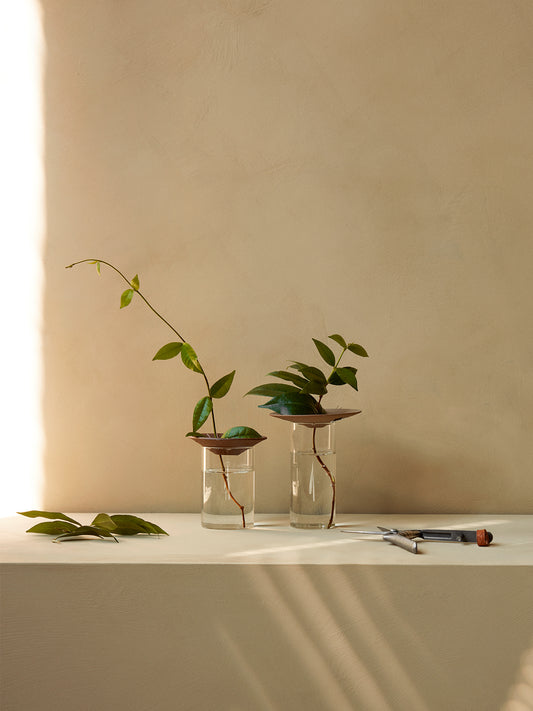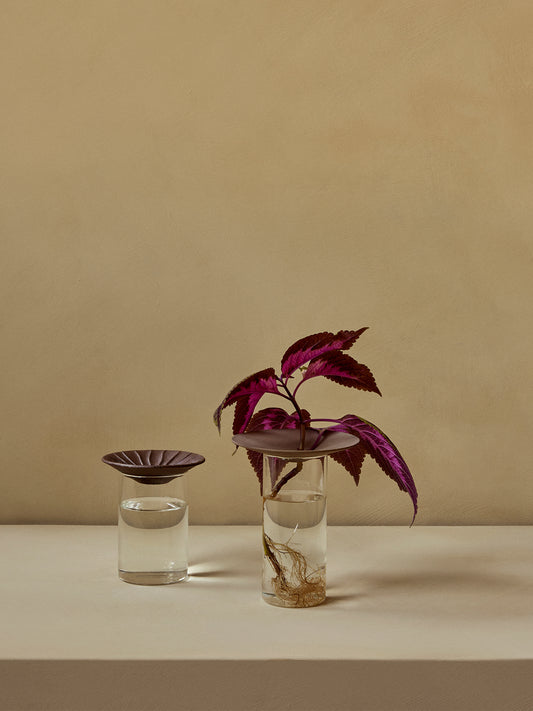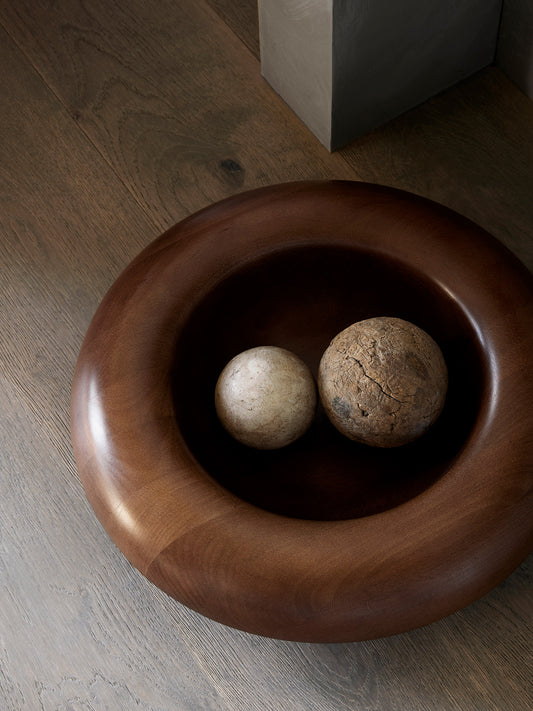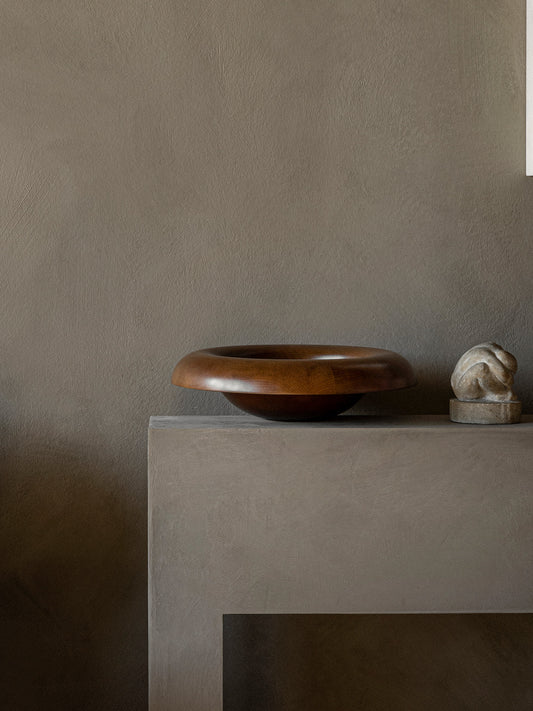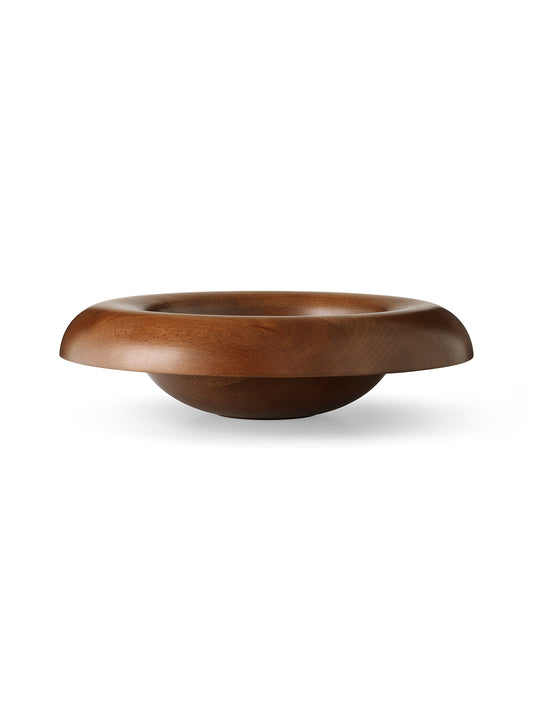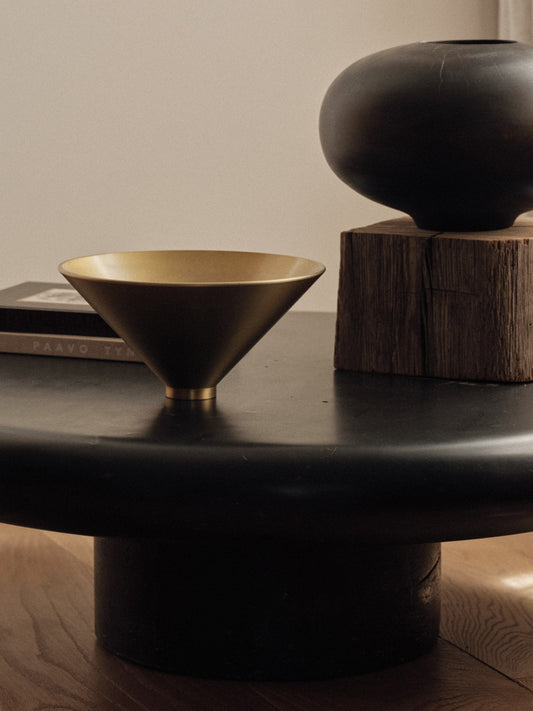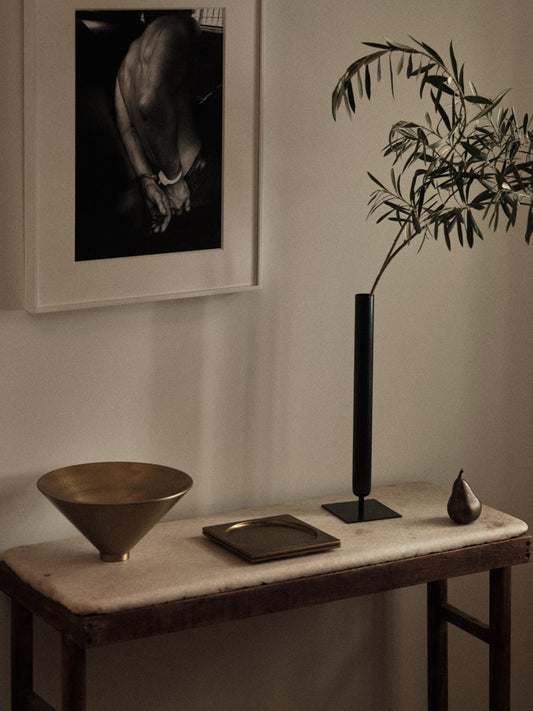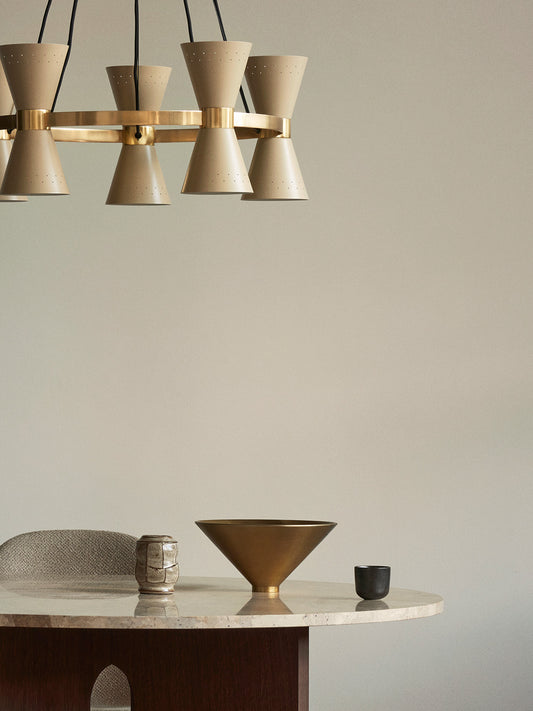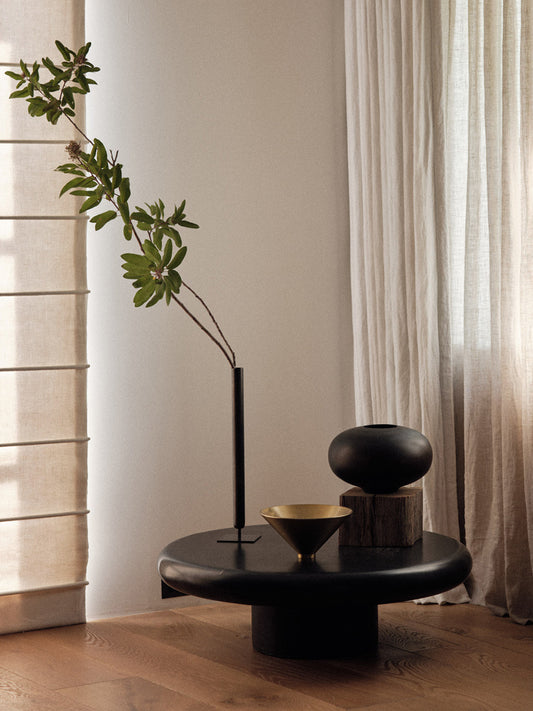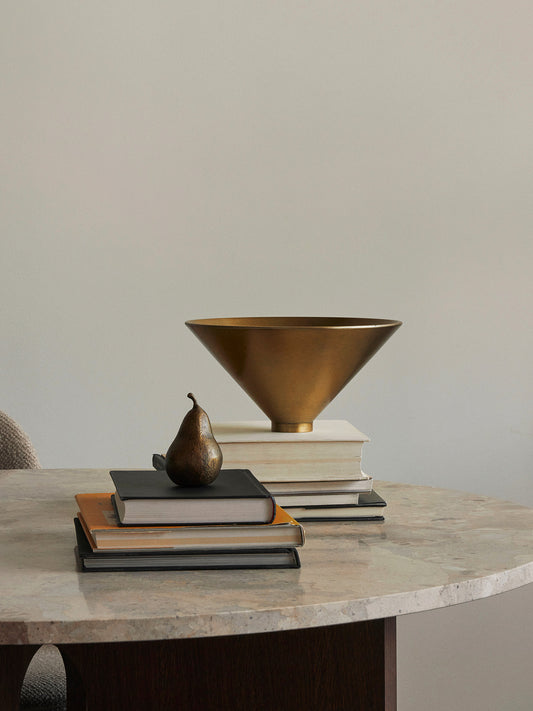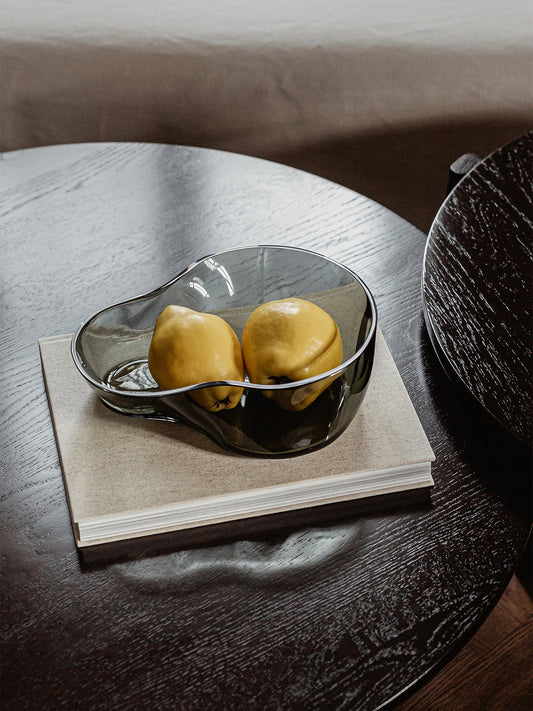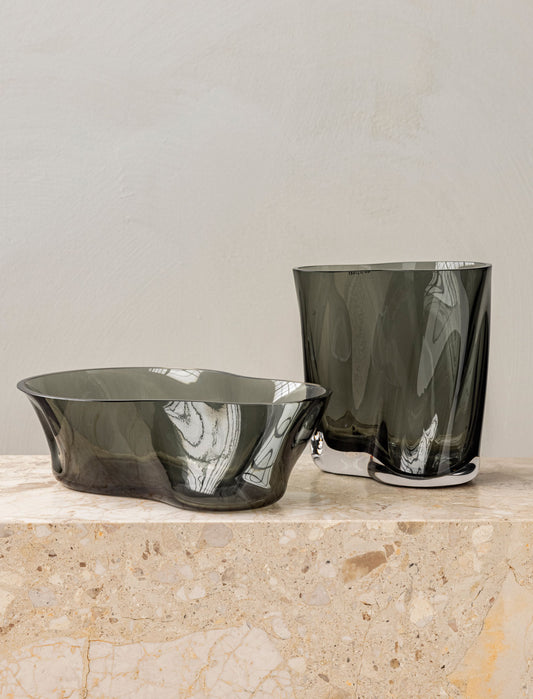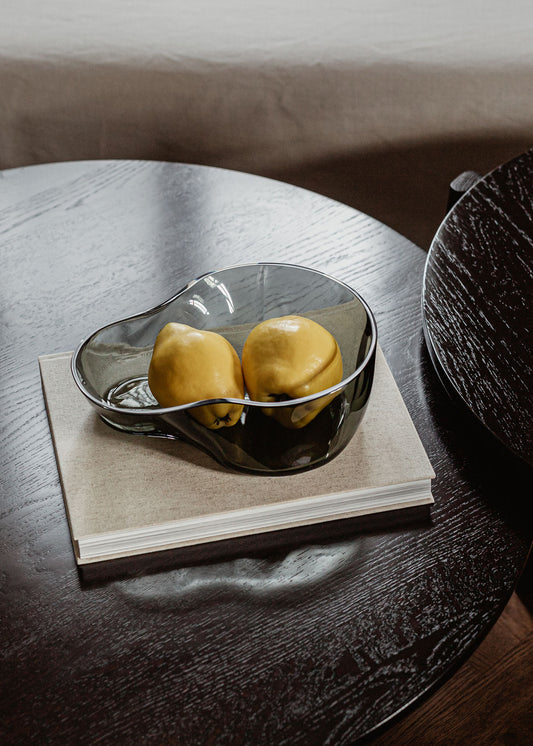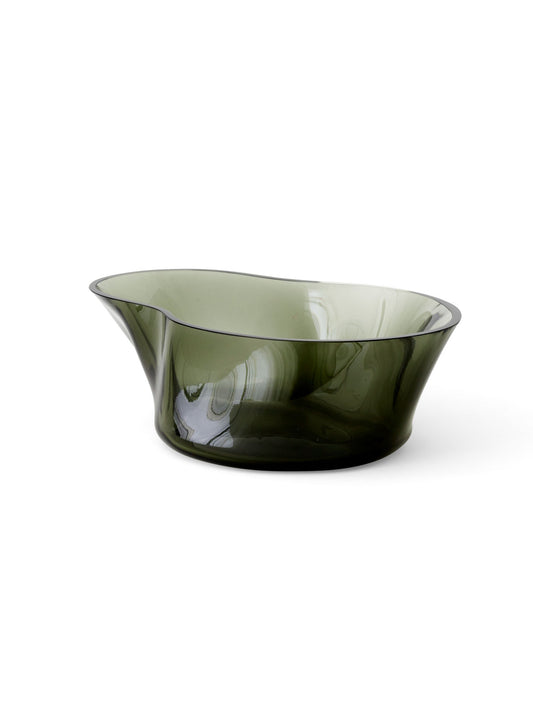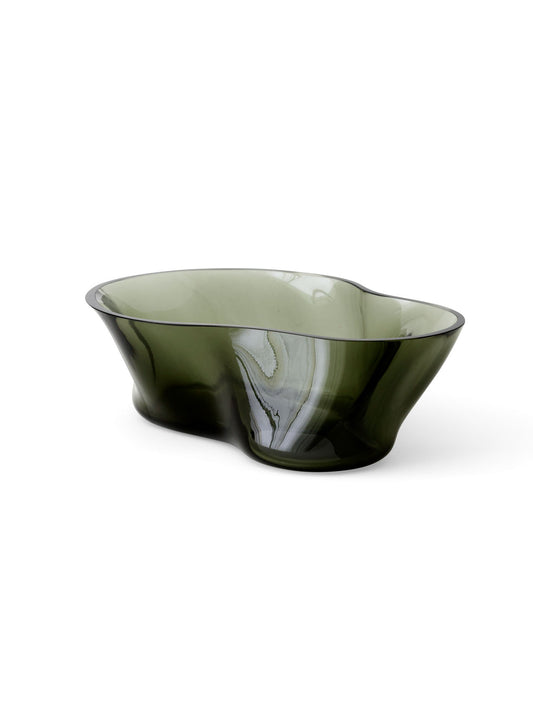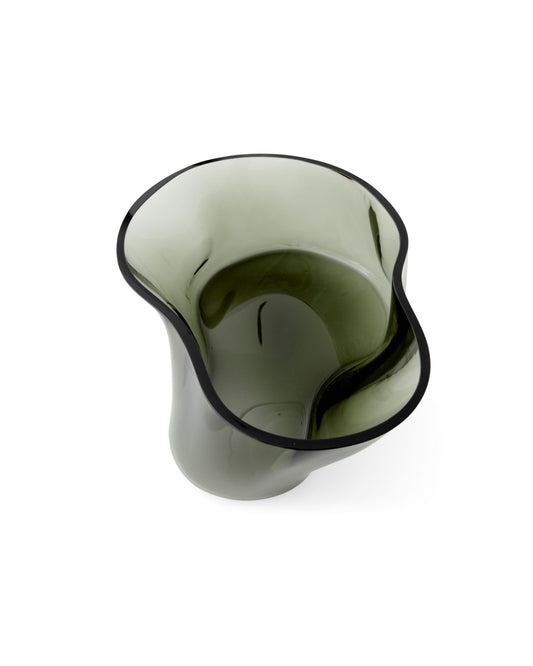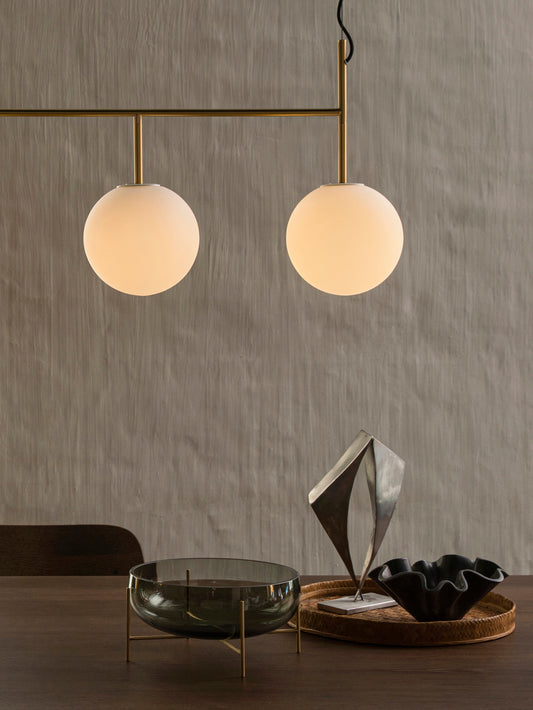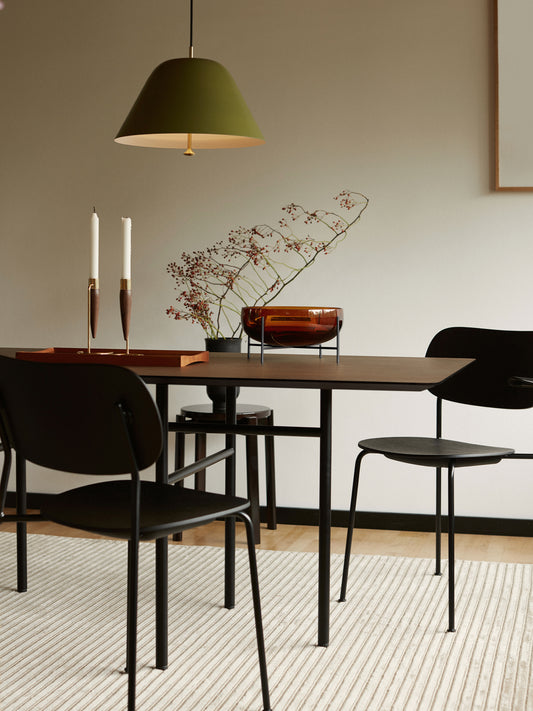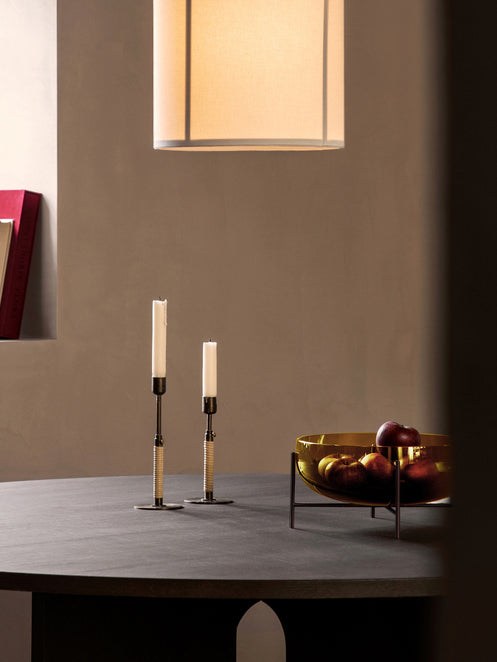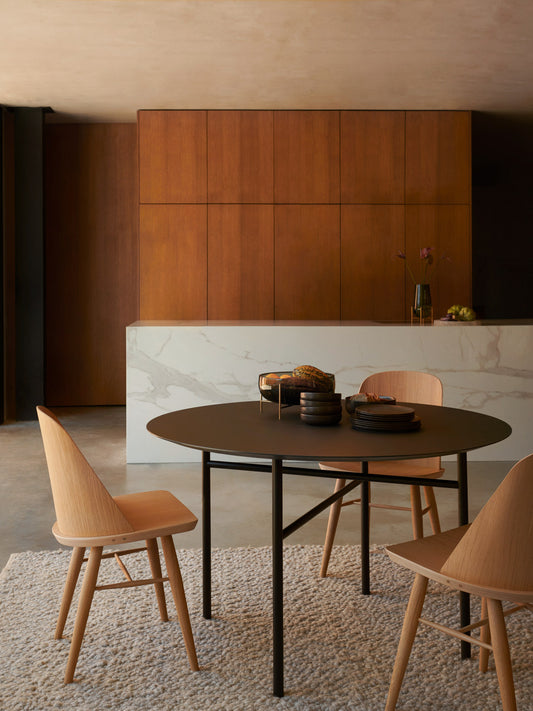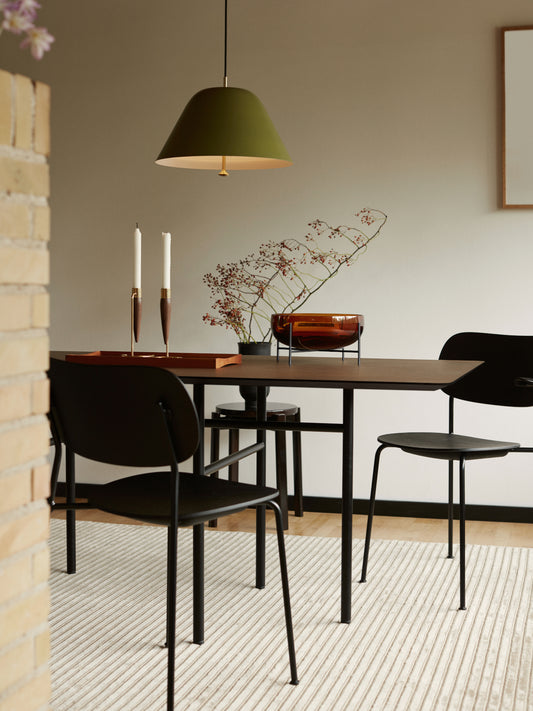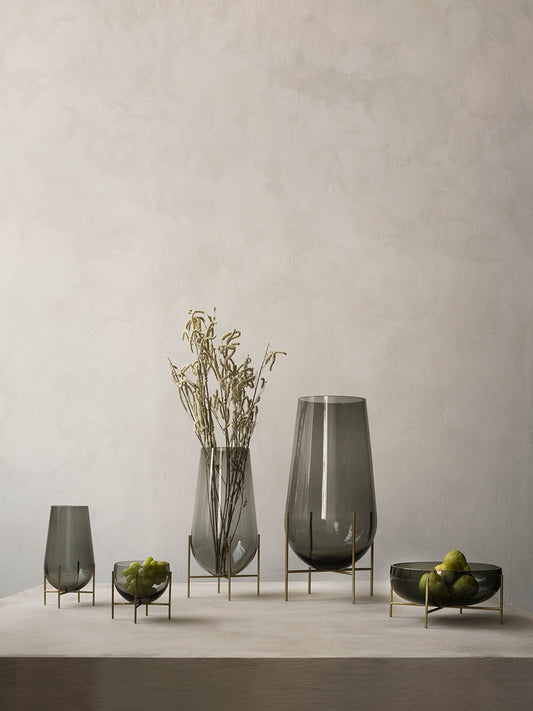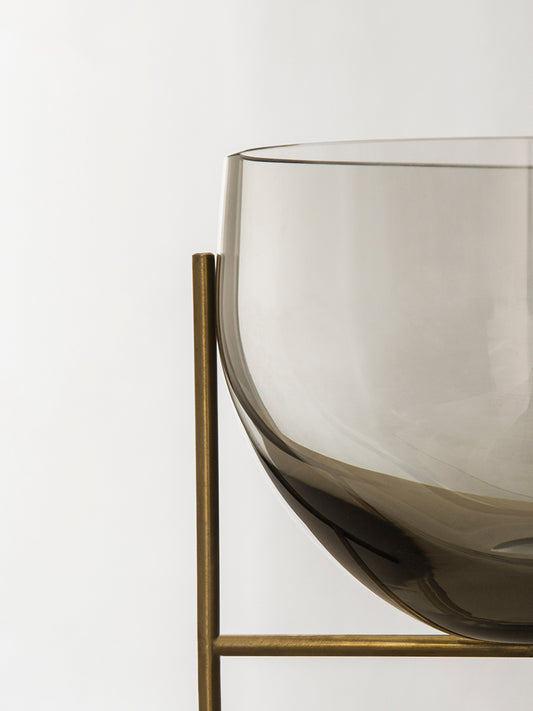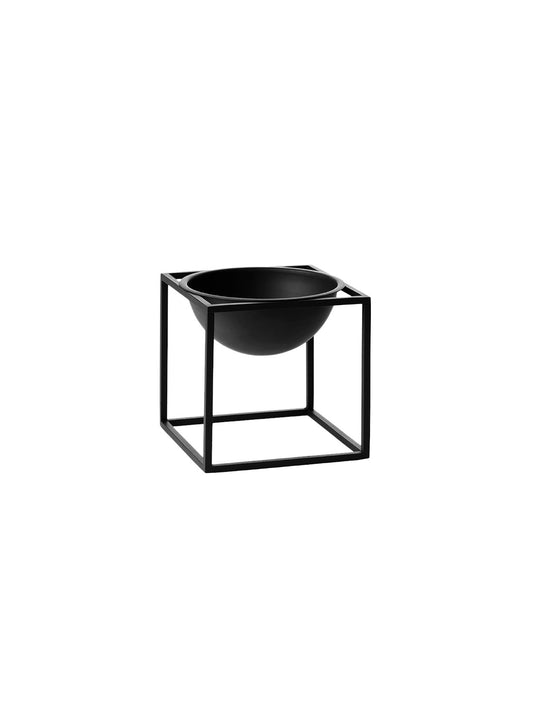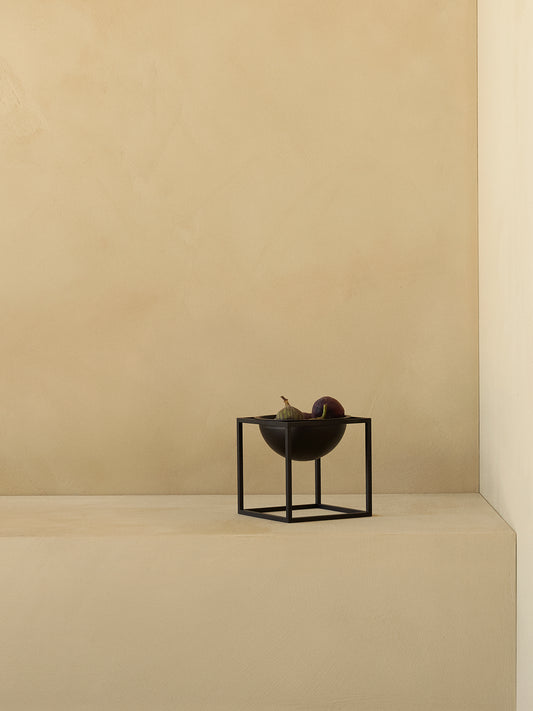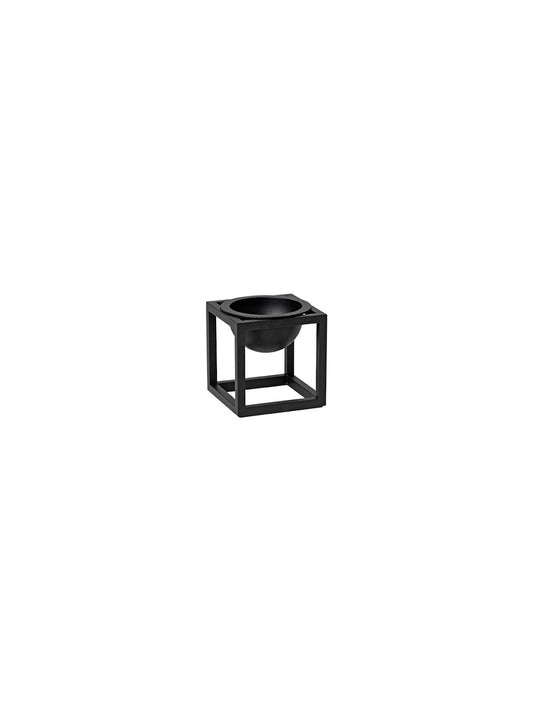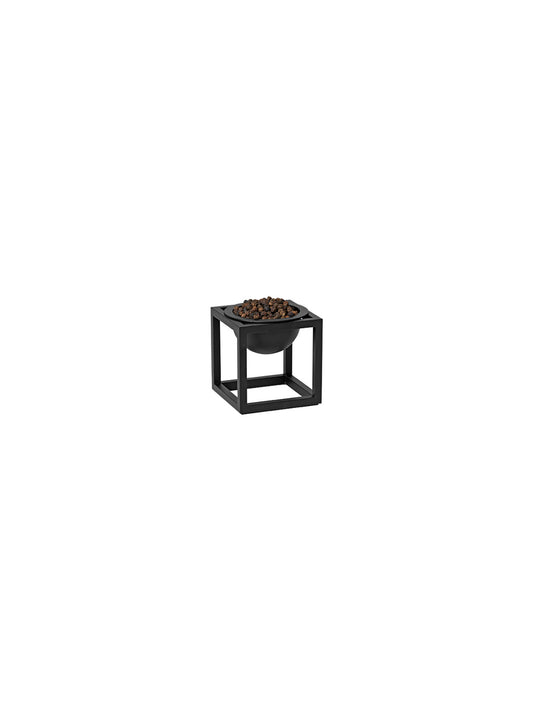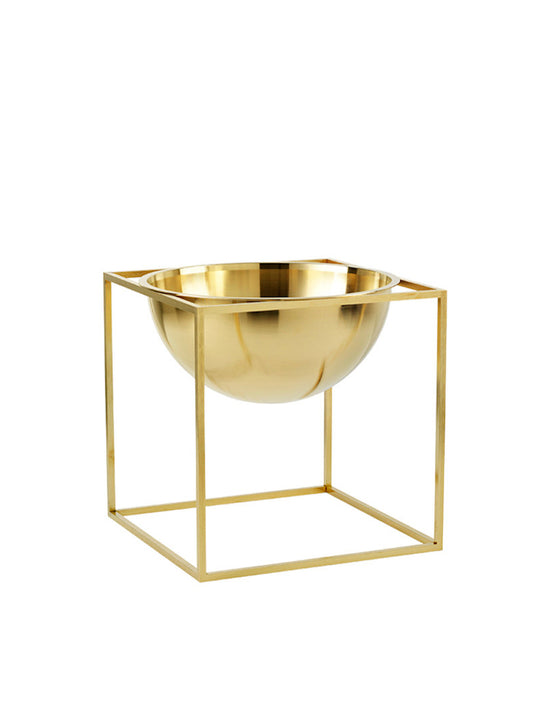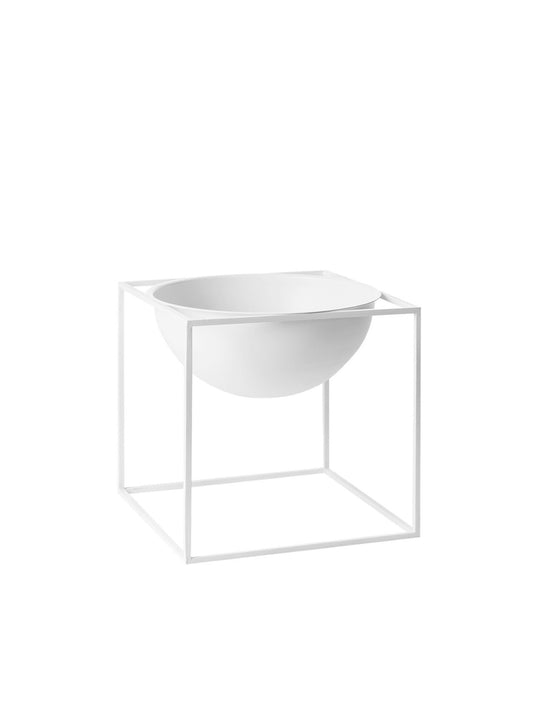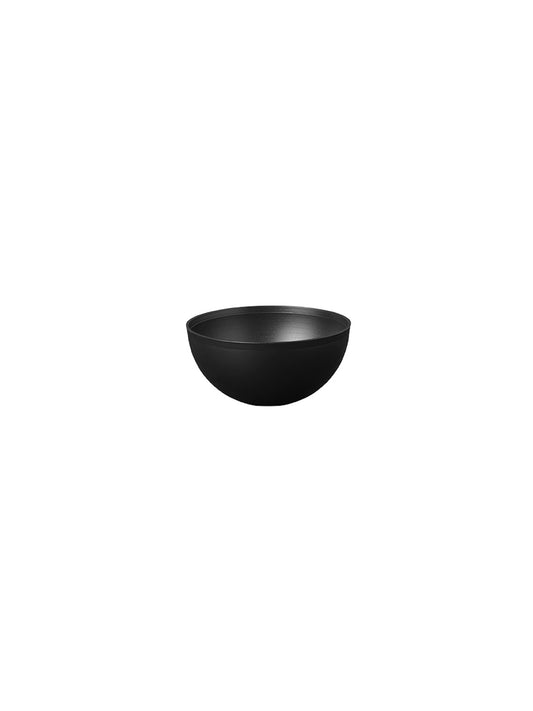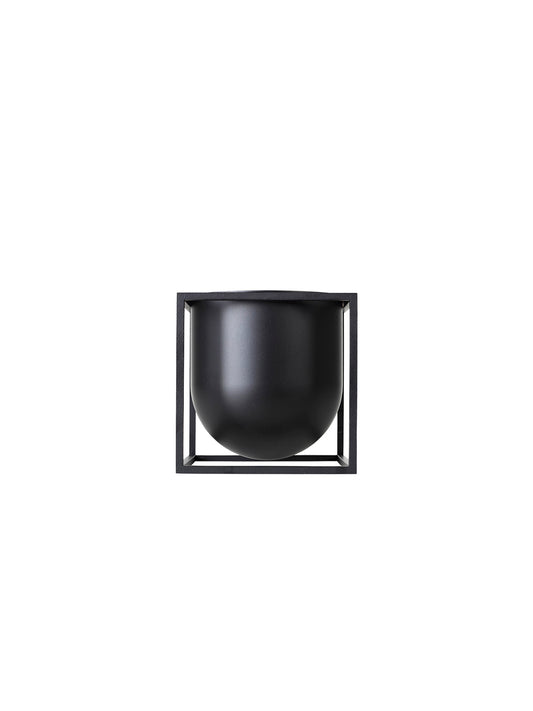VASES & BOWLS. OBJECTS THAT ADD THE FINISHING TOUCHES
Small objects make a big impact in the spaces we occupy. And nothing adds a sense of beauty to interiors quite like flowers in a vase or an artful bowl. From modern ceramic vases to mouth-blown glass floor vases, our decorative vases are carefully shaped to bring out the beauty in flowers and foliage. While beautiful bowls in a variety of materials elevate interiors. The contemporary designs in a range of sizes and silhouettes add the finishing touches to any home décor scheme, whether placed on a living room lounge table, kitchen counter or bedroom windowsill.
Audo vase collection
The origins of the vase date back to the ancient Egyptians, who used the vessels for decorative purposes. Contemporary vases come in many shapes and sizes, functional as well as decorative. From large, floor standing vases to decorative glass vases and ceramic flower vases, each of Audo’s designer vases adds the finishing touches to a room. Alone or together, filled with favorite flowers or displayed alone as sculptural focal points, our modern designer vases enliven modern spaces with equal parts beauty and function.
The modern expression of the asymmetrical Aer Vase by Gabriel Tan is shaped from mouth-blown glass. Inspired by the spiraling movement of air, it brings sculptural appeal to surfaces. Offered in two sizes, high or low, the sculptural vase displays multiple flower arrangements or branches within each yet looks equally beautiful as a standalone sculpture.
The Échasse Collection reimagines the classic elegance of glass vases. Looking to old apothecary bottles and laboratory test tubes for inspiration, each minimalist vase is supported by slender, stilt-like legs that create a sense of lightness while ensuring stability. The drop-shaped form of each designer vase is as elegant when holding flowers on a desk, living room floor or nightstand as it is when left unfilled.
Audo bowl collection
A beautiful bowl can elevate any surface. Versatile as well as visually appealing, a bowl can serve as a sculptural centrepiece or a practical catch-all for everyday items. Our decorative bowls are shaped from a wide range of materials, including ceramic, glass, wood and metal, each imparting unique texture and aesthetics. Bowls can be used in multiple rooms and settings, including on coffee tables, dining tables and sideboards and even as wall decor when hung in clusters.
The Aer Bowl in mouth-blown glass is inspired by the spiraling movement of air seen through smoke or mist. The decorative glass dish reflects and refracts the light both when filled or left empty, and each is entirely unique.
Dramatic in both scale and expression, the Rond Bowl is a striking statement design for a dining table or coffee table, while retaining its inherent function as a vessel for storing and displaying objects. The intriguing surface of the modern concrete bowl adds textural appeal to spaces.
The Taper Bowl is a distinctive modern design that looks to traditional vessels for its design cues. The brass bowl lends warmth to interiors and works equally well as a catch-all for small items as it does left unfilled as a decorative bowl.
